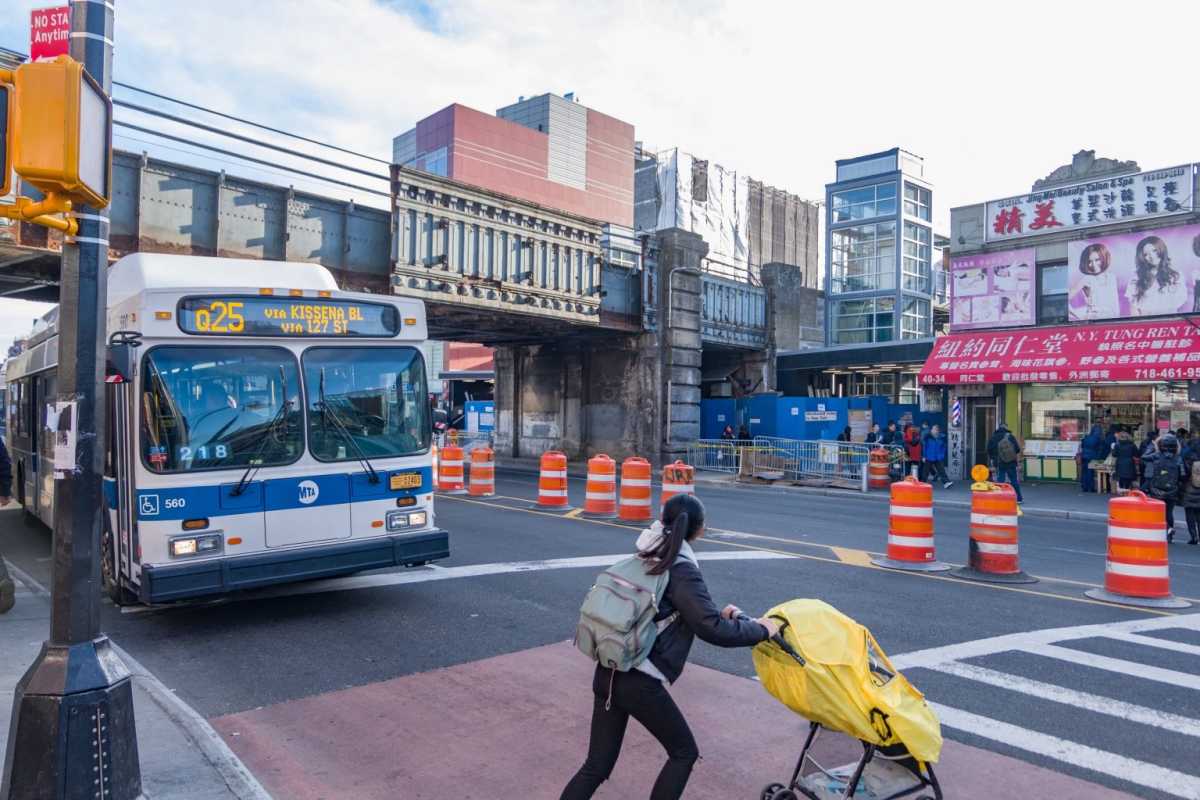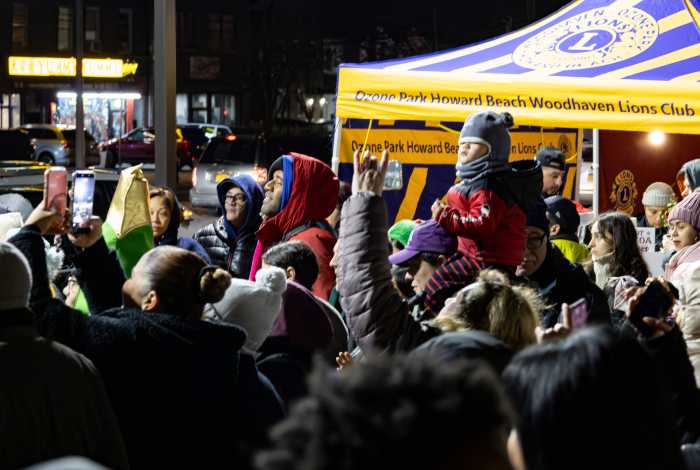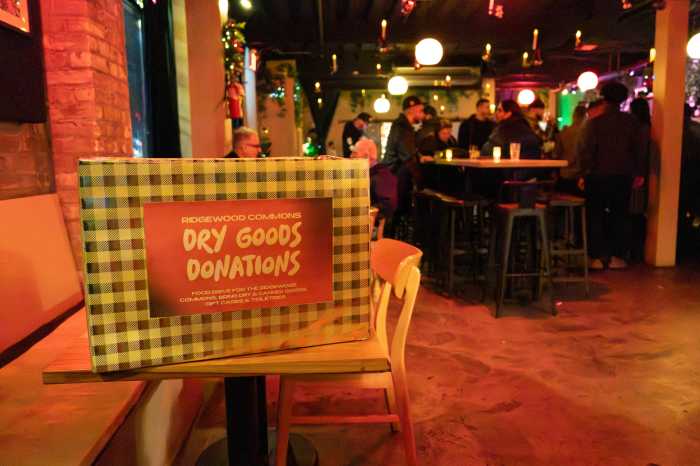As we look ahead to the new year, COVID-19 is still very much prevalent in our city with Omicron breaking transmission records daily. More than 10,000 Queens residents have died from COVID-19. But according to a new report, the borough is showing signs of recovery.
New York State Comptroller Thomas DiNapoli released a report on the impact of the pandemic in Flushing and the signs of recovery in the area.
“The COVID-19 pandemic swept through our city neighborhoods. Queens was especially hard hit, and in many ways the epicenter of the global health crisis,” DiNapoli said.
Over 1,200 lives were lost in Flushing alone from the pandemic. However, DiNapoli emphasized the area is healing. Vaccination rates are on a steady increase, with 92% of residents in Flushing vaccinated as of Dec. 7.
The report focused on the economy in Flushing, which is fueled by small businesses and entrepreneurs. DiNapoli said that prior to the pandemic, the greater Flushing area was one of the city’s fastest-growing local economies. In the two decades leading up to 2020, there was very strong employment growth in health care and retail.
From 2000 to 2019, private sector employment grew to nearly 71% in greater Flushing. That figure is double that rate of growth in Queens, which is 32%.
“When you see how the small businesses really are the lifeblood for Flushing, how critical they are to the overall economic health of the city, it is also a testament to the resilience of those businesses and the reason for optimism,” DiNapoli said.
Any economic growth in the area was put on pause during the pandemic, but it also exacerbated issues that were present before the health crisis struck.
Housing affordability has been an issue in this part of Queens, as well as higher poverty rates and lack of access to reliable public transit. More than 40% of residents face a severe rent burden. Pre pandemic, greater Flushing had a 16.4% poverty rate, higher than the rest of Queens and the city average.
The pandemic increased unemployment rates dramatically. Queens saw a 25% job loss, the highest rate of loss in the city. Greater Flushing residents were on the front lines of the pandemic, as 82% worked essential jobs and were unable to work from home.
DiNapoli mentioned that recovery is on the rise, in large part due to the federal, state and local relief efforts. Employment in the greater Flushing area has recovered faster than many other New York City neighborhoods. Queens jobs were down 12.5% in the first quarter of this year, but in Flushing only 8.4%.
“This is led by the entrepreneurship by businesses located here often driven by the strength of the immigrant community here— men and women who know what it means to be challenged and keep moving forward no matter what,” DiNapoli said.
Queens Borough President Donovan Richards thanked DiNapoli for highlighting the greater Flushing area and its recovery.
“The great Queens comeback is well underway,” Richards said. “There’s a lot of work, as optimistic as I am about the future of Flushing, there’s still so much work to be done to make sure those who are living behind closed doors struggling, continue to get the resources they need.”
Assemblymember Ron Kim also mentioned that this report emphasized the importance of small businesses and the need to protect them for the community’s growth.
“We talk about economic resiliency, we need a community that focuses on local economies and that’s what Flushing does best,” Kim said. “Our mom and pop shops are struggling. They’re struggling with their rent, with chain stores coming in, so we have to do a better job protecting our hard-working immigrant communities.”
U.S. Congresswoman Grace Meng commended the comptroller’s report but pointed out that it doesn’t quite give the full picture of the resilience and strength of the people in the community.
“Too many in Flushing and our Asian-American community were not given equal and adequate resources from the very beginning,” Meng said. “So as we talk about vaccines, for example, our district was one of the last places in the entire city of New York to get a permanent vaccine site. Even with that statistic we still managed to reach a 92 percent vaccination rate.”
Many elected officials said that they looked forward to continuing recovery efforts through the Build Back Better infrastructure bill, however, it is unlikely the legislation will pass.





































